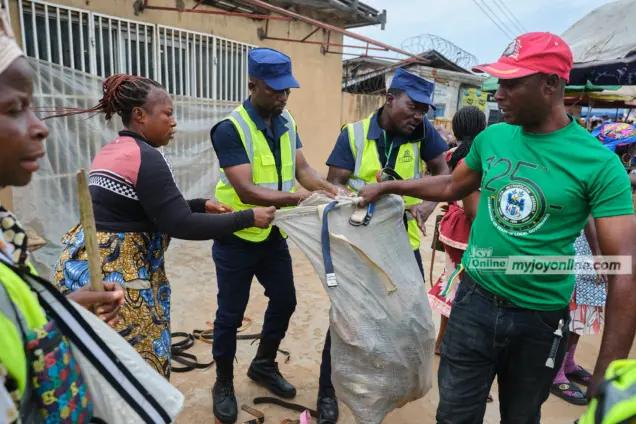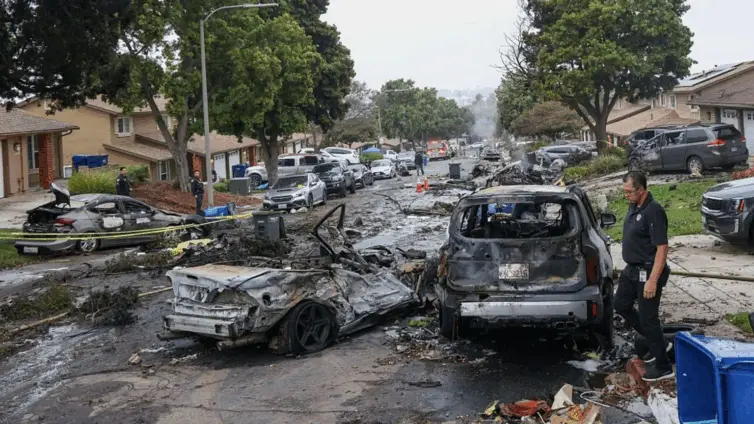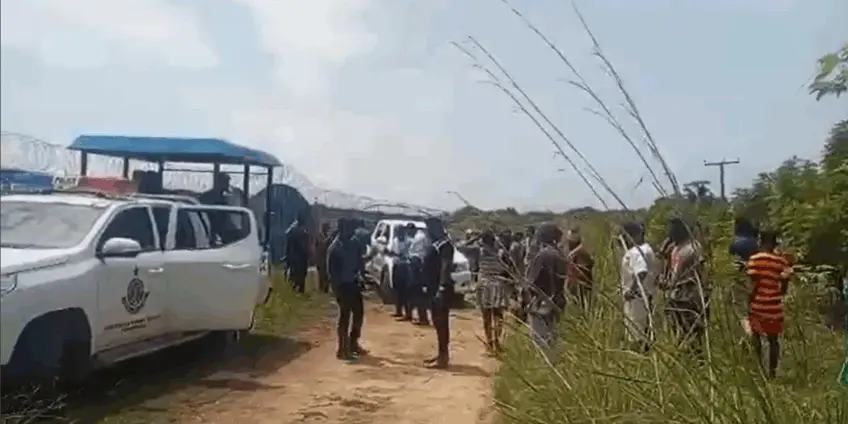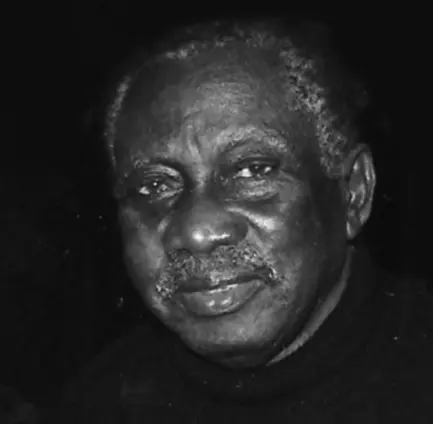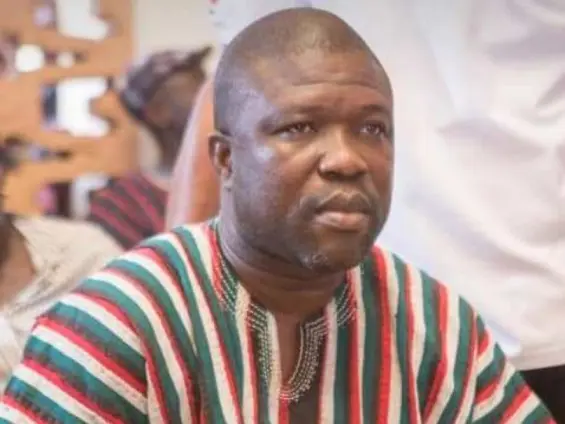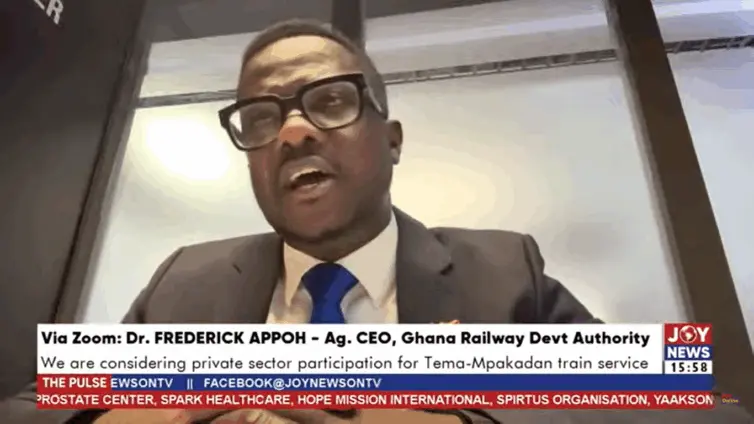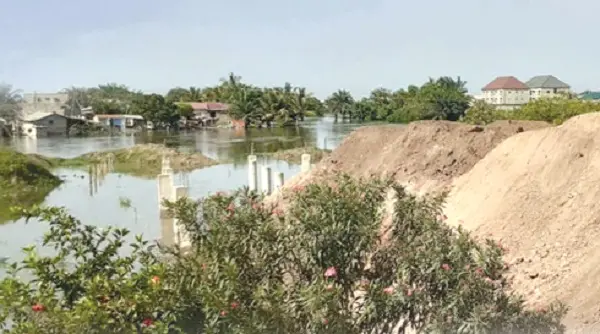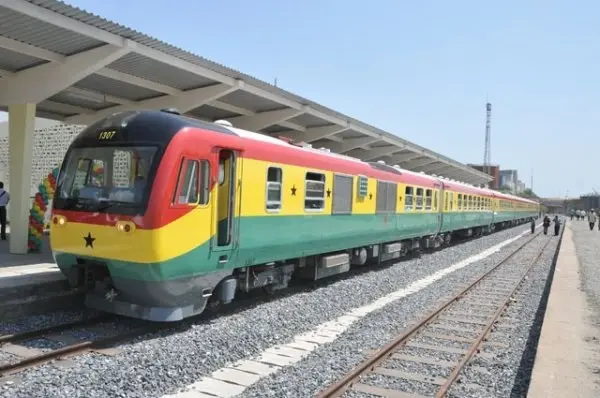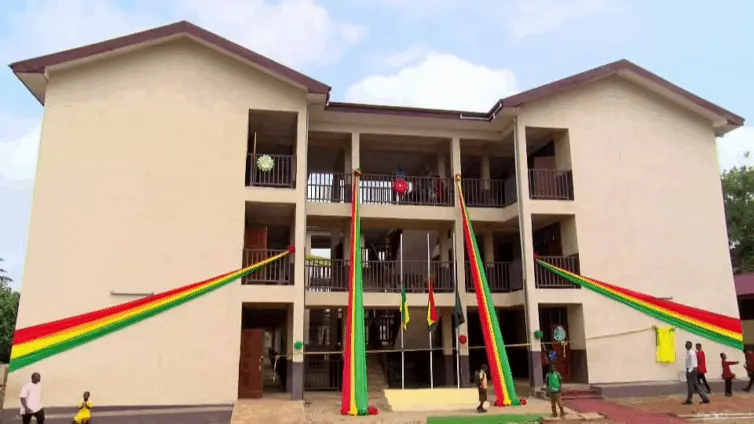The wide avenues of Accra, usually choked with vendors and vehicles, bore a different look last week. For three days, the Accra Metropolitan Assembly (AMA), backed by police and national security personnel, pressed forward with its campaign to decongest the city. The immediate effect was clear: streets were cleared, unauthorized structures dismantled, and the relentless buzz of hawkers temporarily silenced. But the question hanging in the humid Accra air was: for how long? The challenge of maintaining order in a bustling metropolis like Accra, where economic necessity often trumps municipal regulations, is a Sisyphean task. The return of traders to cleared areas looms as a persistent threat to the hard-won gains of the Accra Decongestion efforts.
This week we bring you photos from the AMA’s Day 3 of the operation. The focus shifted from active clearing to vigilant monitoring, a phase crucial to preventing the resurgence of street vendors and transport operators. The images, captured by Myjoyonline photojournalist Sammy Moore, tell a story of determined officials, wary traders, and the complex realities of urban management in Accra.
After two days of focused clearing operations, Day 3 of the AMA’s decongestion campaign saw a strategic shift towards monitoring previously cleared zones. The goal was simple: to prevent the return of traders and transport operators who had previously occupied these spaces. Michael Kpakpo Addo, the Mayor of Accra, was a visible presence, leading teams to oversee enforcement and ensure compliance with the new regulations. The visual evidence, documented in the photographs, reveals the scale of the undertaking and the commitment of the AMA to maintain the newly established order. Below: Mayor Kpakpo oversees decongestion monitoring efforts.

The AMA’s officers maintained a strong presence in known hotspots such as Circle and the Central Business District, areas historically prone to encroachment by street vendors and the construction of unauthorized structures. The vigilance was evident: officers actively engaged with individuals, preventing the re-establishment of trading activities on pavements and roadways. Photos show officers intervening, speaking with vendors, and directing traffic, highlighting the hands-on approach adopted by the AMA to enforce the Accra Decongestion.

The success of any decongestion effort hinges not only on the initial clearing but also on the ability to sustain those gains over time. The challenge lies in addressing the underlying economic factors that drive street vending in Accra. Many traders rely on informal vending as their primary source of income, and simply removing them from the streets without providing viable alternatives is unlikely to yield lasting results. Finding a long-term solution involves creating designated market areas, providing access to affordable credit, and implementing alternative livelihood programs that empower traders to transition to more sustainable economic activities.
“Maintaining the gains we’ve made is crucial for the long-term functionality and aesthetics of Accra,” an AMA spokesperson stated, highlighting the importance of the ongoing efforts to the city’s infrastructure.
As the photos from Day 3 illustrate, the AMA is actively working to decongest Accra. The task is complex, requiring a delicate balance between enforcement and economic realities. The long-term success of the sustainable decongestion campaign will depend on the AMA’s ability to address the root causes of street vending and provide sustainable alternatives for the city’s traders. The question remains: can Accra maintain its newly cleared streets, or will the traders return?
Image Source: MYJOYONLINE

